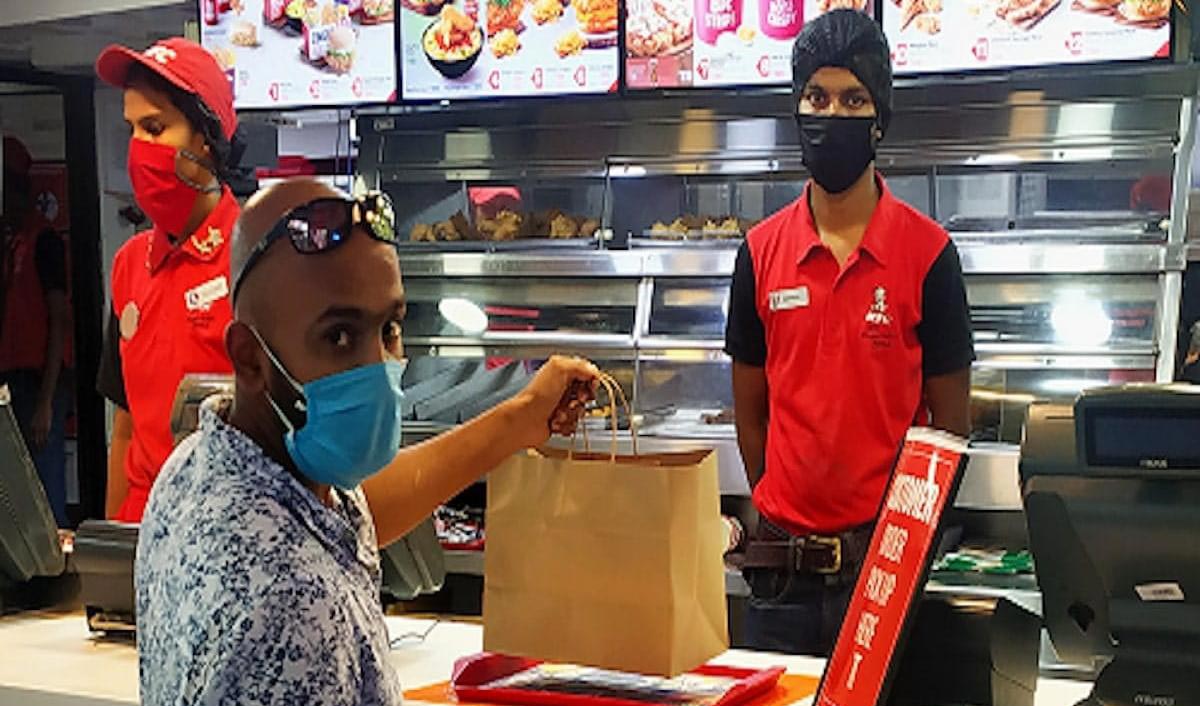
It is perhaps the most common question asked by quick service restaurant front counter cashiers, “Will have it here or take away?” That question, which was simply a functional part of the order taking process, has taken on unprecedented significance in 2022. Today, the number of people responding “for here” is a far cry from what it was before the pandemic, and the degree to which the answer changes in the future will shape the way QSRs are designed and operated for years to come.
When reflecting upon the future of dining rooms and on premises QSR dining, several questions loom large. Will dine in occasions ever return to what they were, both in the frequency and nature of the experience? Might we go beyond the pre-Covid era and see a renaissance in the dine in experience at a QSR? If so, what might fuel that change in consumer behaviour? Now two years after the start of the pandemic, have dine in peaked, meaning that today’s world represents the new normal? What makes these questions so difficult to answer is the lack of precedence. There is nothing in the history of the industry that resembles, even remotely, the dynamics that led to the upheaval of QSR operations such drastically.
Looking at the gradual shift
Quick-serves with drive-thrus, delivery programs, and digital channels had a significant advantage in the marketplace. Virtually everyone else was playing catch-up. The pandemic would prove to fall short of a mass extinction event for dine-in occasions, especially in the QSR segment. But not all is lost.
“There are a lot of factors that determine whether dine-in is viable for a brand or not. I can't speak for other brands but for us, it makes a lot of sense and our focus over the last year has been to specifically seek out high footfall/mall locations. We have the advantage to scale, which helps keep food costs low and a business model that is very low on operating expenses and hence breaks even at very low revenues. Some of our recent stores, like Ambience Mall, Gurgaon, Elante mall, Chandigarh, Pheonix mall, Lucknow have been runaway successes. We plan to continue expanding in these high footfalls dine-in locations,” Rahul Seth, co-founder of Burger Singh commented.
Consumer behaviour to drive the market
The answer to what lies ahead rests heavily on understanding the drivers of consumer behaviour and the decline in on premises experiences during the years leading up to the pandemic. Technology, digital and mobile tech in particular is at the forefront in terms of bringing about behavioural change.
It is also being anticipated that with the virtual presence of quick-service restaurants amplified beyond physical locations, off-premise dining will grow. This will have a massive impact in terms of the need for more back end staff, to package and service off-premise orders during peak hours. The ratio of front-end to back-end staff will change.
QSR chains witnessing uptick in dine-in
Karan Kapur, executive director of K Hospitality Corp informed that the company is witnessing strong growth with dine-in at Joshh, its foray into the Indian QSR sector. “What works well for Joshh is the focus on quality, with an entirely open kitchen for guests to see and trust in the hygiene, experience our super-fast and efficient service, and enjoy a clean, comfortable, and friendly space to dine-in with friends and family. We believe in the basic principle of CSV: Convenience, Speed and Value, and will continue to focus on that through all our Joshh restaurants as we expand to areas around Mumbai and the rest of India,” he commented.
The QSR segment is experiencing growth as a result of technological innovations as well, like improved Point of Sale(POS) systems, varied payment options, and improved geolocation to aid the delivery segment. However, it is also interesting to note that the takeaway segment is expected to grow at the rate of 18 percent, and the home delivery segment in the QSR market is expected to grow at around 17.4 percent by 2025.
Technology for rescue
According to Kewal Ahuja, founder of SGF India restaurants, pre-order and pre-paid bill services introduced through the restaurant’s app or telephone shall dramatically change the dine in experience in the post Covid world. “In pre Covid times, the entire process of dine-in, conventionally, was a heavy time consuming process where the customers need to wait for the table. Once they get in, they shall be taking time to order for each individual. After the meal, time is consumed in waiting for the bill and finally for paying for the bill. With pre order and pre-paid bill services, restaurant tables can be booked in advance, at the same time their order is placed online and the bill is paid in advance. All that customers have to do is arrive on time, eat their food, and leave,” he added.
Believing in technology to be the biggest driving factor, he further added that technology will ultimately also help in reducing crowd where one needs not to be concerned with social distancing which therefore greatly improves the rate of inflow of customers opting for dine-ins.
Every brand is faced with sizing up the role that dine-in business plays in their future; a one size fits all strategy is not in the cards. Some fast casual brands will lean into a post-pandemic revival in their dining rooms; the nature of their cuisine and the culture of their brand will lead them in that direction. On the other hand, brands that have experienced disproportionate success in growing their off-premises business will likely double down on that success.
Copyright © 2009 - 2024 Restaurant India.









